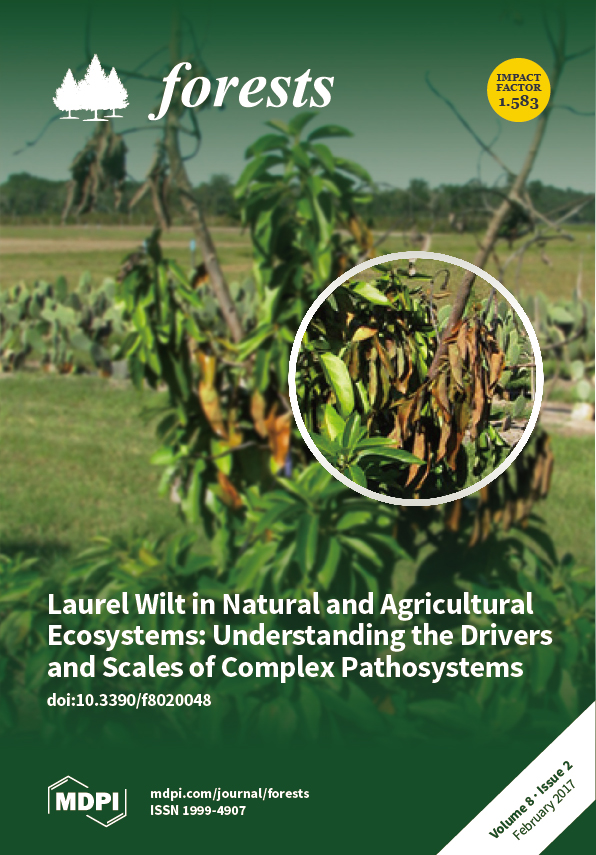The structural complexity, especially canopy and gap structure, of old‐growth forests affects the spatial variation of soil respiration (
Rs). Without considering this variation, the upscaling of
Rs from field measurements to the forest site will be biased. The present study examined
[...] Read more.
The structural complexity, especially canopy and gap structure, of old‐growth forests affects the spatial variation of soil respiration (
Rs). Without considering this variation, the upscaling of
Rs from field measurements to the forest site will be biased. The present study examined responses of
Rs to soil temperature (Ts) and water content (W) in canopy and gap areas, developed the best fit modelof
Rs and used the unique spatial patterns of
Rs and crown closure to upscale chamber measurements to the site scale in an old‐growth beech‐oak forest.
Rs increased with an increase in
Ts in both gap and canopy areas, but the effect of
W on
Rs was different between the two areas. The generalized linear model (GLM) analysis identified that an empirical model of Rs with thecoupling of
Ts and
W was better than an exponential model of
Rs with only
Ts. Moreover, because of different responses of
Rs to
W between canopy and gap areas, it was necessary to estimate
Rs in these areas separately. Consequently, combining the spatial patterns of Rs and the crown closure could allow upscaling of
Rs from chamber‐based measurements to the whole site in the present study.
Full article





